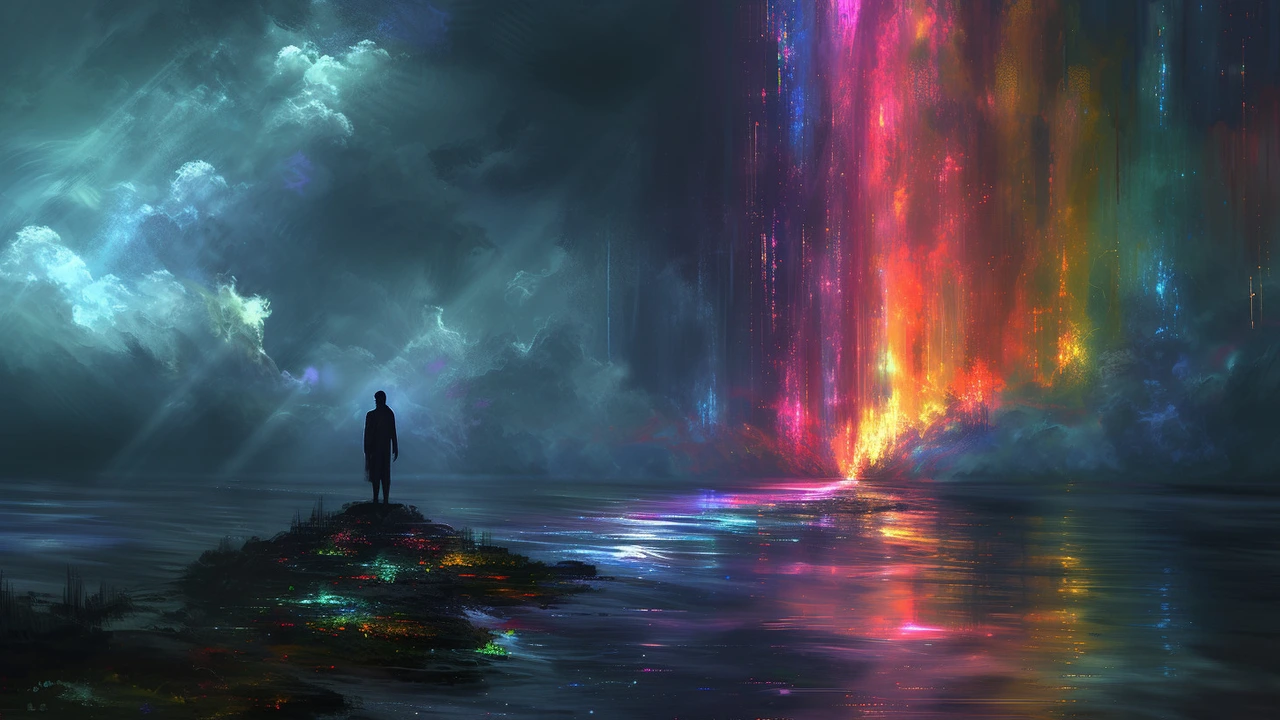Magic in Art: How Artists Make the Impossible Feel Real
What if I told you "magic" in art isn't about spells at all but about how artists bend what you expect to see. Artists use familiar objects, clever light, strange scale, and a few visual tricks to make something ordinary feel uncanny and alive. That’s the kind of magic that hooks a viewer and won’t let go.
On Paul Artistry you’ll find many takes on this idea—everything from the dreamy hold of magical realism to Baroque drama, photorealism’s uncanny detail, and installations that turn rooms into live experiences. Each one uses different tools, but the goal is the same: make the viewer ask, "How did they do that?"
How artists create magical effects
Light and shadow: Changing the expected light can flip meaning. A common object lit like a stage prop becomes mysterious. Caravaggio and Baroque painters used strong light to elevate drama; contemporary artists use backlight, projection, or glow materials to create surprise.
Scale and proportion: Shrink or blow up something familiar and your brain stumbles. Tiny models or huge everyday items are simple, reliable ways to make viewers pause. Land art and public sculpture often use scale to create that immediate sense of otherness.
Detail and realism: Photorealism tricks the eye by copying life closely, then adding one impossible element. That single oddity in a perfectly rendered scene feels like a break in reality. Use this sparingly—too many impossible bits can dilute the effect.
Context swap: Put an object where it doesn't belong. A living room scene in a park, a fish painted on a building, or a classical figure in a neon setting changes how you read everything around it. Fluxus and avant-garde work often rely on this to jolt viewers into new thought.
Materials and texture: Unexpected materials can read as magical. Mirror, fog, LEDs, and living plants behave differently under light and invite touch. Installation art uses these to turn passive viewing into an immersive moment.
Simple tips to spot or use magic in art
As a viewer: Look for one clear mismatch—lighting that doesn’t fit, a scale shift, or a real object placed oddly. That mismatch is often the heart of the magic. Notice how your body reacts: do you lean forward, step back, or smile? Those are clues the art is working.
As a maker: Pick one trick and commit. Try a hyper-real painting with one impossible element, or make a small daily object huge and photograph it in a new place. Use light to hide or reveal details and let texture invite touch. Test your idea on one person—if they ask a question about what they see, you’ve likely created magic.
Explore related posts on Paul Artistry—like the Magical Realism piece, photorealism guides, Baroque drama, and installation art breakdowns—to see these tricks in action. Each article shows a different route to the same result: turning the everyday into something unforgettable.

